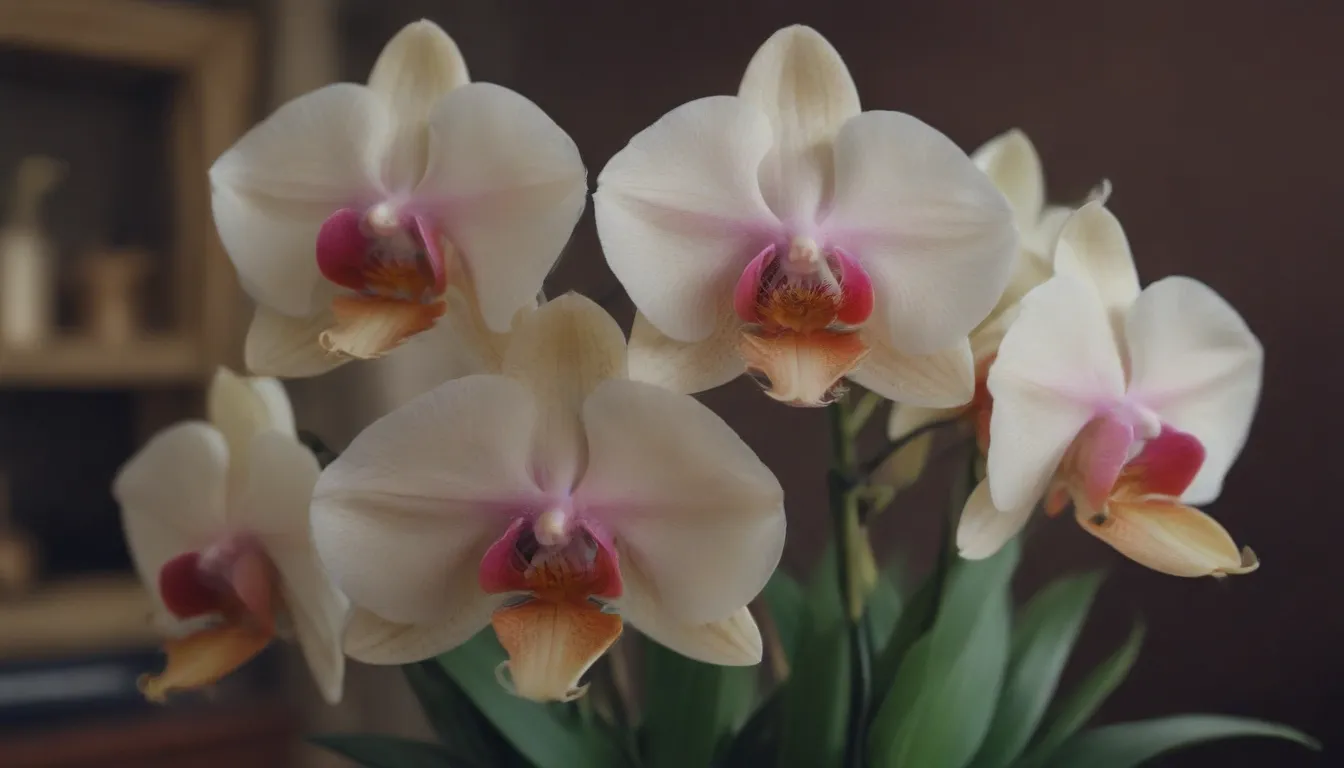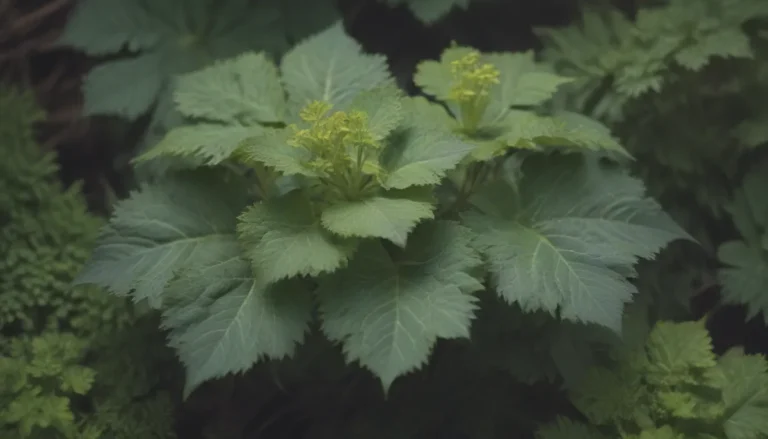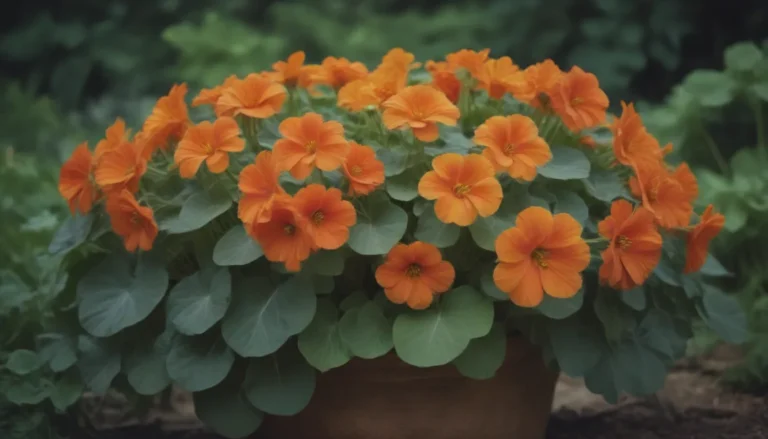How to Encourage Your Orchid to Bloom Again

Orchids are beautiful and delicate plants that can bring a touch of tropical elegance to any home. While it’s a common misconception that orchids are difficult to care for and only bloom once, the truth is that with the right conditions and care, orchids can bloom regularly throughout their lifetime. In this comprehensive guide, we will explore the steps you can take to encourage your orchid to grow a new flower spike and bloom again.
Understanding Orchid Blooming Cycles
Phalaenopsisorchids are the most commonly sold orchids in nurseries and grocery stores, and they typically bloom once or twice a year. However, other species of orchids may bloom more regularly. Each blooming period can last between two to three months, providing a beautiful display of colorful flowers to brighten up your space. After the blooms have faded, many people mistakenly believe that the orchid plant is dead. But fear not! Orchids are resilient plants that can continue to thrive and bloom again with the right care.
Creating the Ideal Environment for Your Orchid
Provide Adequate Light
Orchids thrive in bright, indirect light. Placing your orchid next to a bright window or using sheer curtains to diffuse harsh sunlight can help your plant receive the optimal amount of light it needs to grow and produce flowers. Remember to avoid direct sunlight, as this can scorch the leaves of your orchid.
Fertilize Regularly
Proper nutrition is essential for encouraging your orchid to rebloom. Look for fertilizers specifically designed for orchids at your local supermarket, nursery, or garden center. During the summer months, fertilize your orchid every three to four weeks to provide it with the nutrients it needs. However, it’s important to stop fertilizing during fall, winter, and spring to avoid excessive foliage growth without blooms.
Maintain High Humidity Levels
Orchids are tropical plants that thrive in high humidity environments. While they can adapt to average household humidity levels, providing some extra humidity can help your orchid flourish. Aim to keep humidity levels between 60% to 70% for the best results. Rooms with naturally high humidity, such as bathrooms, are popular choices for growing orchids.
Techniques to Encourage Blooming
Cut Off Old Flower Spikes
Some growers believe that leaving old flower spikes on the plant can lead to secondary blooms, while others prefer to cut them off to redirect the plant’s energy. Monitor the condition of the flower spike and cut it off once the blooms have faded and the spike starts to decline. Certain orchid species, like Phalaenopsis, may be more likely to rebloom on old spikes than others.
Expose the Plant to Low Temperatures
Orchids typically bloom during late fall, winter, and early spring when exposed to lower temperatures and shorter days. If you want to induce blooming outside of its regular blooming period, consider exposing your orchid to colder temperatures. Just be cautious not to expose your plant to temperatures below 50 degrees Fahrenheit (10 degrees Celsius), as orchids are tropical plants and can be sensitive to extreme cold.
Understanding the Plant’s Needs
Allow Your Plant to Recover
It’s important to remember that orchids, like all plants, need a recovery period between blooming cycles to stay healthy and strong. While it’s exciting to see your orchid in full bloom, allow it the necessary time to rest and rejuvenate before expecting it to bloom again. Patience is key when caring for orchids, and providing the right conditions will ensure your plant rewards you with beautiful blooms.
By following these tips and techniques, you can create the ideal environment for your orchid to thrive and bloom again. With patience, care, and a little bit of know-how, you can enjoy the beauty of your orchid plant for years to come. Sign up for our free gardening newsletter for more valuable tips and tricks to help your plants flourish. Remember, with the right care, your orchid will bloom again and again, bringing joy and beauty to your home.





